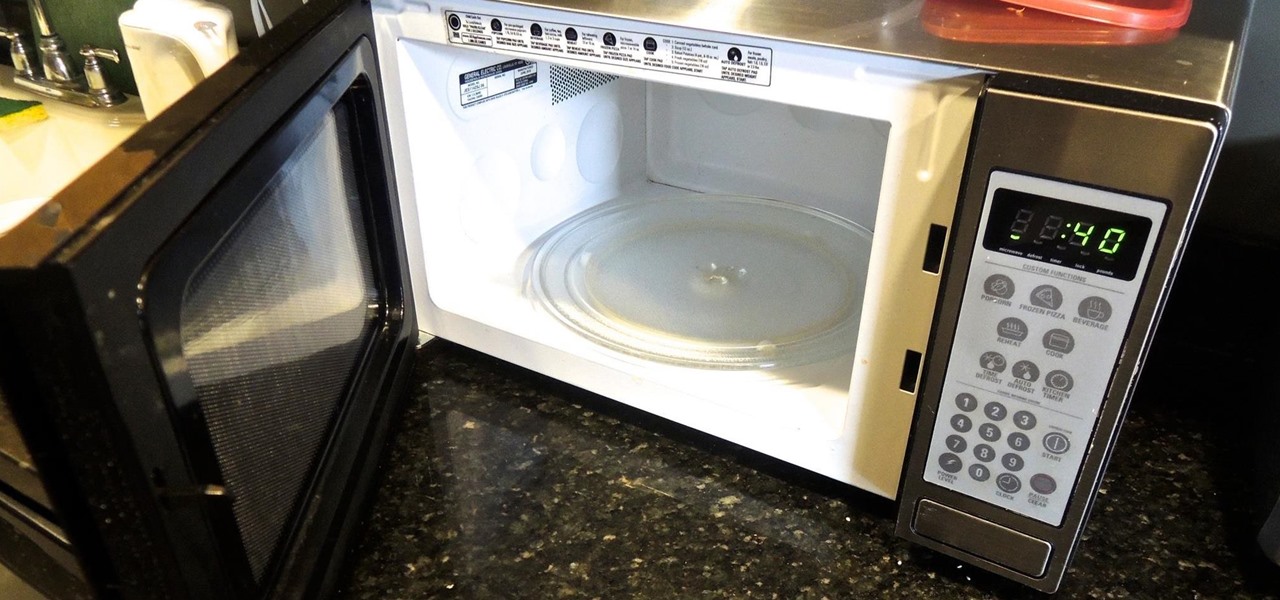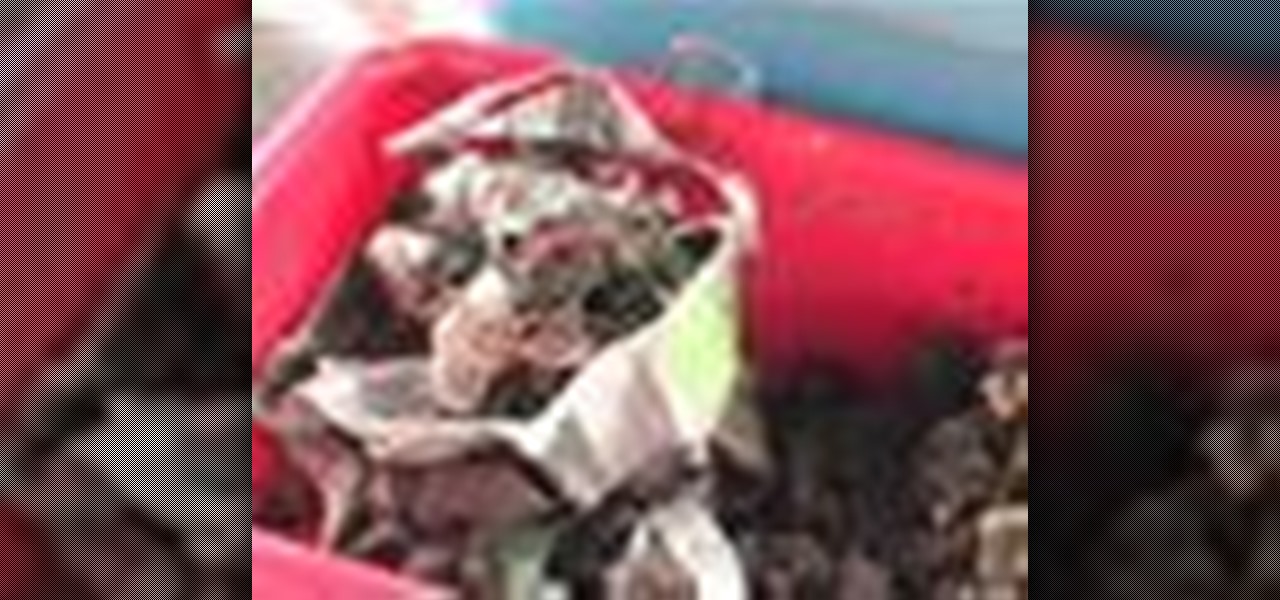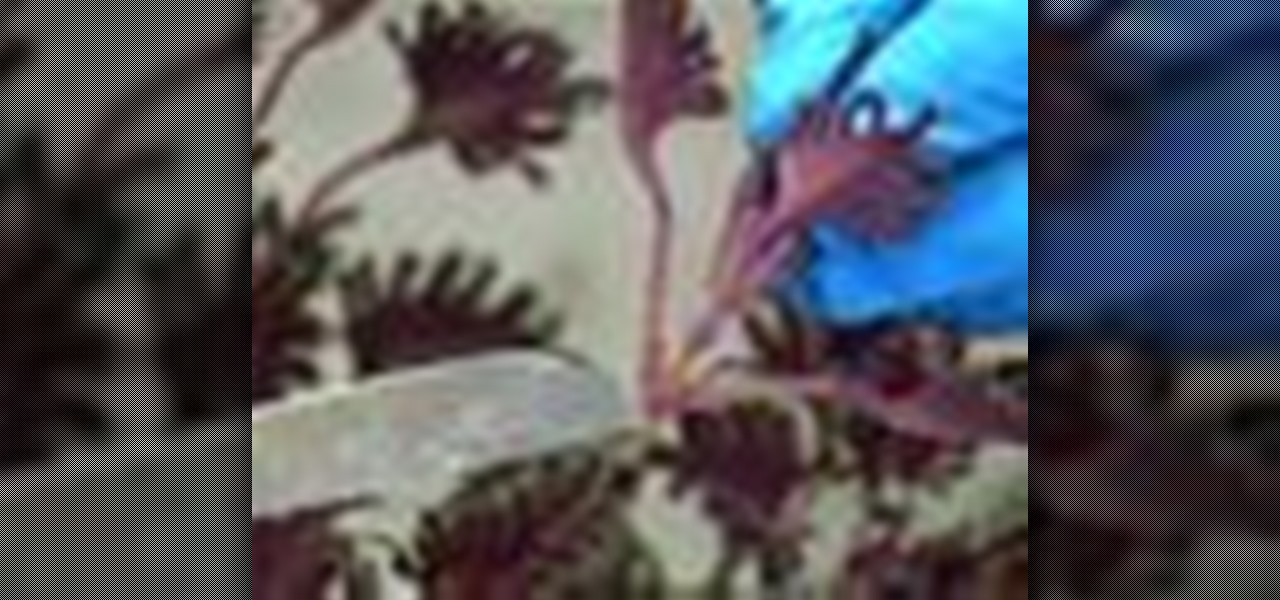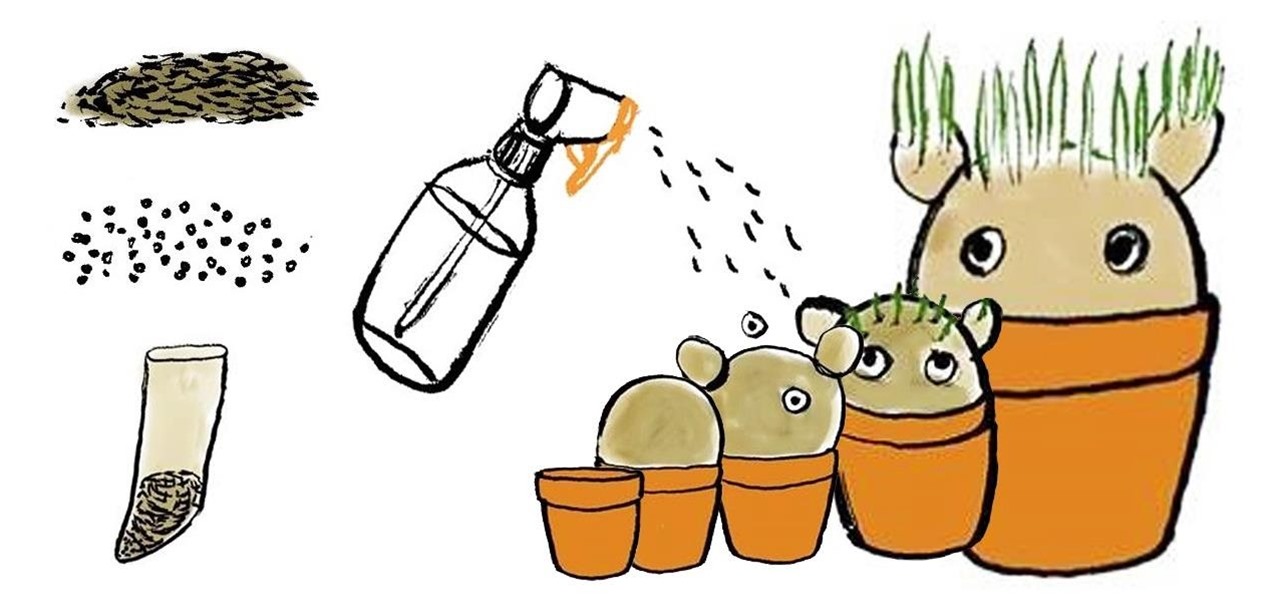
Meringues are a French and Swiss dessert made of whipped egg whites and sugar, and they are light, sweet, and crispy confections. To make traditional meringues, you beat egg whites into soft foamy peaks, and then keep whipping as you gradually add sugar until the peaks become stiff. Once you've reached the right consistency, you bake them at a low temperature in the oven for a long time. They take both technique and time.

The microwave oven is a monumental technological achievement that's saved college students and single people from starvation for decades. Almost 97% of all American households have one, which makes it the most-owned kitchen appliance in US homes right after the refrigerator.

Potted plants of all kinds, whether in the house, greenhouse or outside, need repotting eventually. There are several reasons, the most obvious being that they simply get larger and top-heavy. Most houseplants don't need repotting that often because, if we give them plenty of liquid fertilizer in the growing season, they won't be short of nutrients and should therefore be healthy.

This video demonstrates how to plant garlic cloves with toilet paper rolls. Take some toilet paper rolls and cut them in half. Fill the halves with damp soil. Put one clove of garlic into each little half, leaving the new shoot poking out of the top. You can make potting soil with peat moss, black dirt and vermiculite. When it is time to plant the garlic, you should just put the whole carton into the ground. When you buy garlic for planting, look for the giant variety. When you are saving gar...

Learn how and why you should repot Canna lilies before the winter with this gardening tutorial. This is a quick and easy process of digging up the lily, potting it and bringing inside the home or greenhouse, and it has many benefits. Find out how to keep your Canna lilies healthy over the winter with this how to video.

Watch Carol Klein as she guides you through the process of propagating delphiniums, campanulas and lupins; from taking basal cuttings and potting them on, to how to stake them. To propagate: get as close as you can right at the base of the plant. You want nice, gritty compost. Plunge your propagation cutting in there as deep as you can get it. Propagate delphiniums, campanulas and lupins.

In order to make a make worm compost, you will need the following: plastic containers, shredded newspaper, water, food scraps, and worms.

In order to propagate plants from cuttings, you will need the following: plants that can grow from clippings, a container, potting soil, water, and a rooting hormone.

If you missed out on the Chia Pet craze from the '80s and '90s, don't worry—it's never too late to build and make your own weirdly head-shaped thing with grass hair growing on top.

Spring is coming around the corner, and what better to welcome it through the door than houseplants? Design Sponge posts a simple tutorial on plant propagation, the natural process of using plant cuttings to produce more plants. Surprisingly easy (and cheap).

Designer Xavier Calluaud offers a simple solution for the urban dweller with a green thumb. The "urb garden" enables those living in small spaces (without a yard) to grow food at home, or more specifically, herbs. The best part? The eco-conscious system has an integrated worm farm.

If you don't have enough shoes to justify an over-the-door shoe organizer, you can still buy them for your home because they can pretty much organize anything that is small and can fit in a pocket.

Combine your passion for drinking soda and growing your own vegetables by making an upside-down tomato planter! This gardening project is especially great for people who have limited space for growing their own green things. To make this, you'll be using an empty soda bottle, aluminum foil, masking tape, twine, potting soil, and other simple materials.














